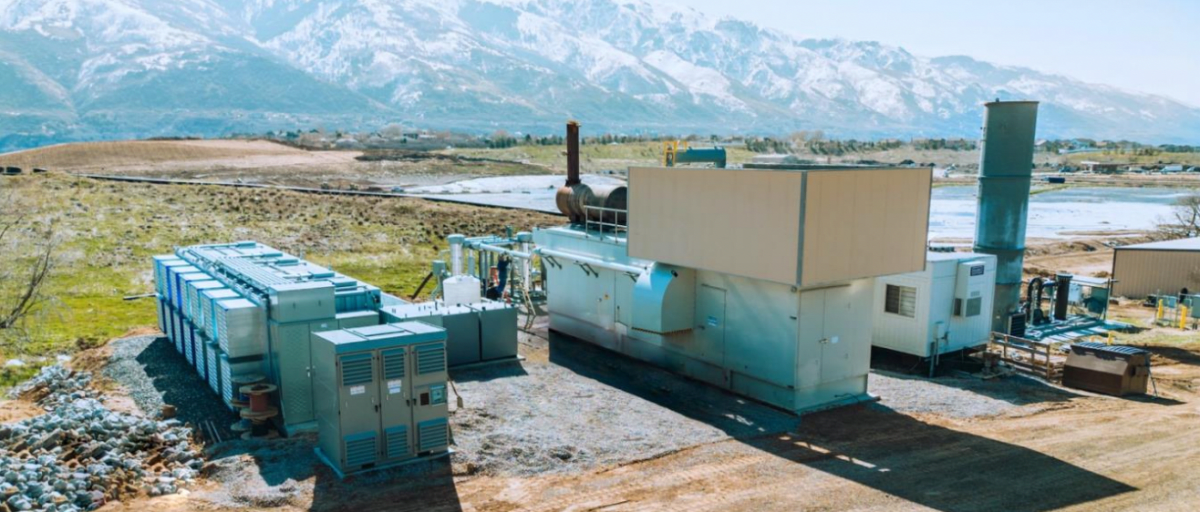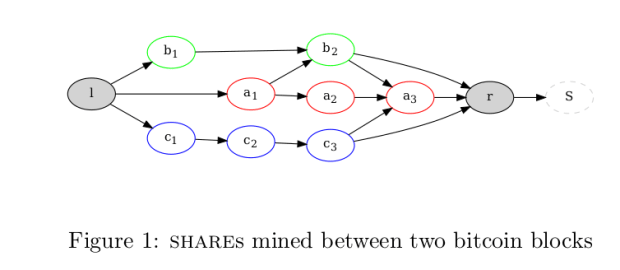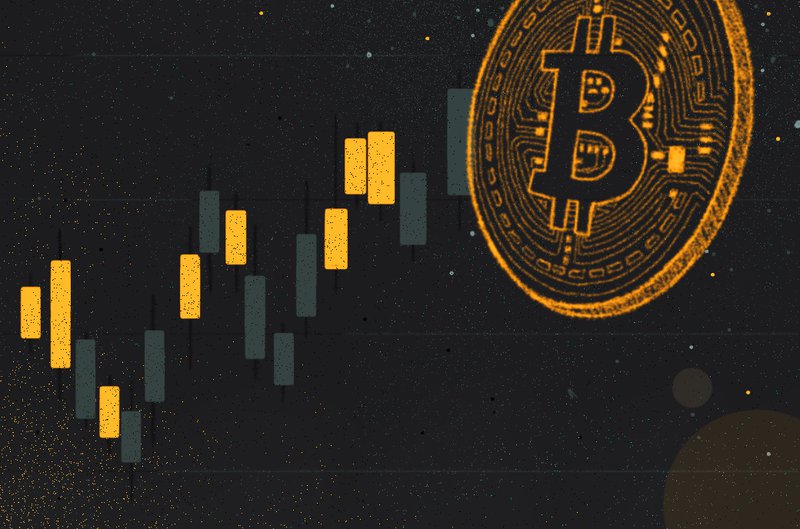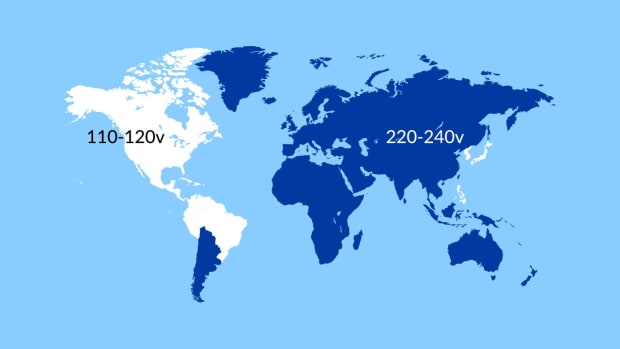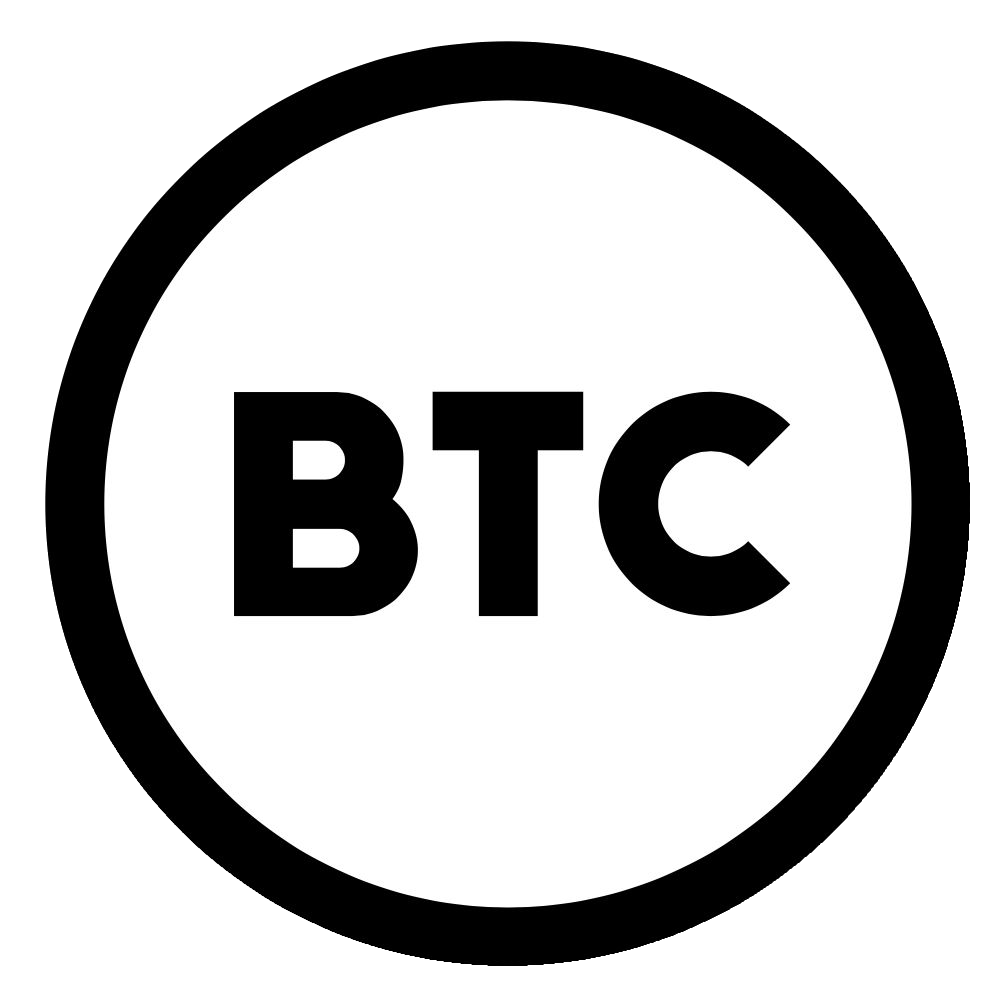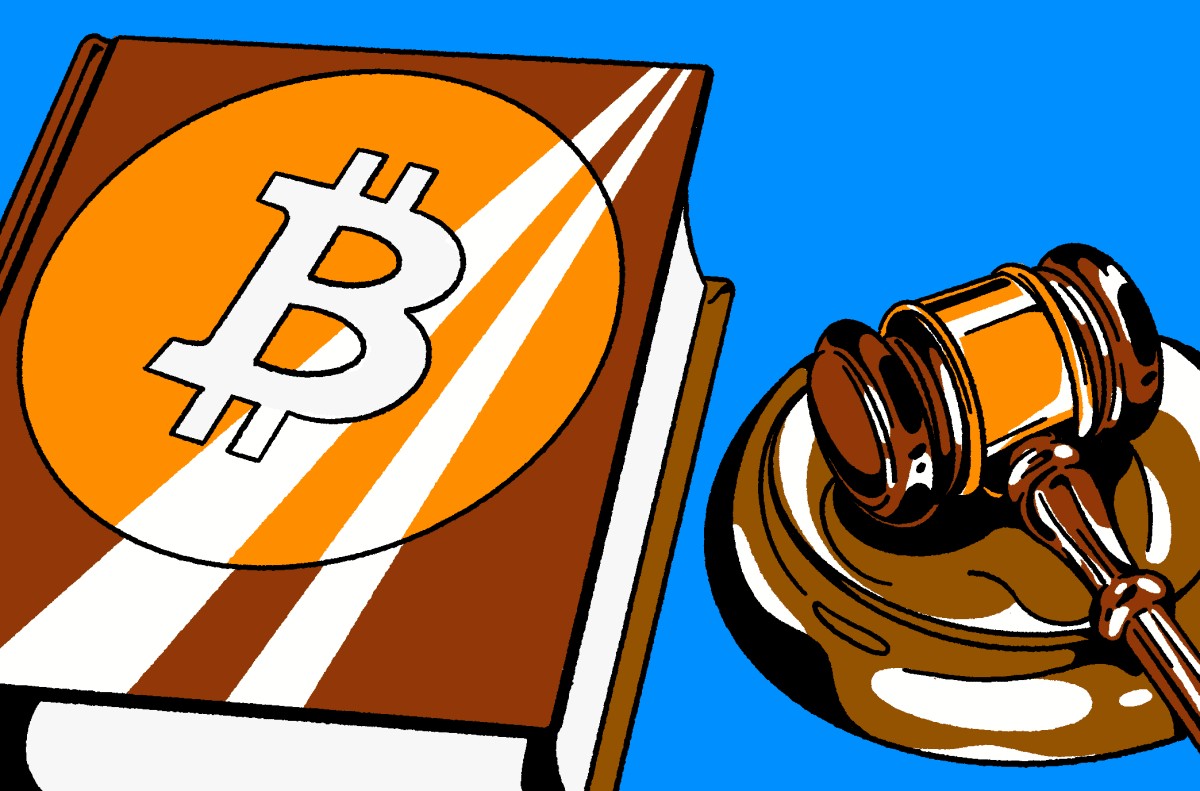Think you know the ins-and-outs of bitcoin? Test yourself with 30 questions that grill you on Bitcoin’s history, technology and politics. The 30 questions are split up into three segments ranging from novice to intermediate to expert, and cover a wide range of topics across the Bitcoin landscape.
If you get stuck or want to check your answers along the way, an answer sheet has been added below the quiz. Of course, these questions cover only a few points about Bitcoin so far — with so many new developments taking place, there is always more to learn. Good luck!
Novice Questions
1. Who created bitcoin?
- a. Vitalik Buterin
- b. Gavin Andresen
- c. Satoshi Nakamoto
- d. Charlie Lee
- e. Jackson Palmer
2. What is the original document that proposed Bitcoin, considered by many in the space to be a “must read”?
- a. The Bitcoin White Paper
- b. The Golden Proposal
- c. E-Money: Bitcoin and the Blockchain
- d. The Bitcoin Manifesto
- e. The Bitcoin Constitution
3. What is the name of the bitcoin exchange from Japan that famously collapsed in 2014 due to a devastating hack?
- a. Tradehill
- b. Bitstamp
- c. Mt. Gox
- d. Blockchain.info
- e. Bit Trade
4. How many bitcoin will ever be created?
- a. Unlimited
- b. 77,340,109
- c. 3,500,000
- d. 21,000,000
- e. 18,650,000
5. What is the name of the off-chain scaling solution that is being developed to mitigate bitcoin’s fees and long transaction times?
- a. Instasend
- b. Second Layer Network
- c. Lightning Network
- d. Quick Net
- e. The Bitcoin Payment Network
6. Which of the following statements is NOT true about bitcoin wallets?
- a. Wallets can come in many forms, as long as they hold your private keys.
- b. Wallets have addresses that anyone can use to see the current number of unspent bitcoins in them.
- c. The only thing someone needs to access a wallet is the private key.
- d. It is possible to send bitcoin by signing the transaction offline and then broadcasting the transaction later.
- e. To open a wallet you must submit a request to the wallet provider.
7. What is the name of the technology underlying Bitcoin?
- a. Bitchain
- b. Blocklink
- c. Blockchain
- d. CoinLedger
- e. Satoshisquare
8. True or false? Bitcoin can be sent to an Ethereum address.
9. The first underground marketplace on the dark web which used bitcoin as its native currency and was created by Ross Ulbricht was called:
- a. Black Onion
- b. BTC Market
- c. East India Trading Company
- d. Silk Road
- e. Worldwide Drug Emporium
10. Bitcoins can be divisible down to the eighth decimal point. What is that unit called?
- a. Bit
- b. Satoshi
- c. Naki
- d. Shill
- e. Bitsat
Intermediate Questions
11. Which traditional stock exchange was the first to list bitcoin futures contracts?
- a. The New York Stock Exchange (NYSE)
- b. The Intercontinental Exchange (ICE)
- c. The Chicago Mercantile Exchange (CME)
- d. The Chicago Board Options Exchange (CBOE)
- e. None of the above. Futures contracts are only available on cryptocurrency exchanges like BitMex and Bitfinex.
12. The computers that find new blocks are called:
- a. Accountants
- b. Miners
- c. Mitigators
- d. Associates
- e. Verifiers
13. Which of the following is NOT true about Bitcoin Cash, a fork from Bitcoin?
- a. Bitcoin Cash was created over an ongoing debate within the Bitcoin community over scaling and transaction speed.
- b. Roger Ver uses bitcoin.com to convince new investors that Bitcoin Cash is the original bitcoin.
- c. Bitcoin Cash is commonly referred to as “Bcash” because (some) bitcoin proponents don’t want to give the forked currency the brand recognition that Bitcoin has accumulated since 2009.
- d. Satoshi Nakamoto has formally announced that Bitcoin Cash represents his vision of Bitcoin.
- e. Bitcoin Cash removed its block size limit completely.
14. Where is the Bitcoin processing server located?
- a. Washington, D.C., USA
- b. London, England
- c. Undisclosed location
- d. The United Nations votes on a new location every two years
- e. None of the above — Bitcoin has no processing server
15. What date was the Bitcoin network launched?
- a. November 5, 2008
- b. May 1, 2010
- c. January 3, 2009
- d. December 31, 2008
- e. April 23, 2010
16. When was Bitcoin’s all-time high exchange rate achieved (as of 9/11/18)?
- a. January 12, 2016
- b. July 15, 2017
- c. December 17, 2017
- d. August 3, 2018
- e. January 10, 2014
17. Which of the following statements is true?
- a. Bitcoin is owned by the NSA.
- b. By 2030, all bitcoins will have been mined.
- c. Bitcoin has smart contract capabilities.
- d. Before Satoshi created Bitcoin, he and a group of developers premined roughly 1 million coins.
- e. Only select people can mine bitcoins.
18. How often, on average, can we expect a new block be found by miners?
- a. > 1 second
- b. 2 minutes
- c. 10 minutes
- d. 60 minutes
- e. 6 hours
19. What is Bitcoin Pizza Day, May 22nd?
- a. A day every year where people who hold bitcoin pay forward a random pizza to a stranger
- b. The day when a computer programmer, Laszlo Hanyecz, paid 10,000 bitcoins for two pizzas in 2010
- c. The day Satoshi announced his favorite food is pizza
- d. The day Vitalik compared bitcoin’s security to that of a soggy pizza
- e. A day sponsored by Pizza Hut where you can pay for pizza with bitcoin
20. How many new bitcoins should be created each day with the current block reward, on average?
- a. 2,200 except for February 29 on leap years
- b. 1,800
- c. 5,000
- d. 7,200
- e. 150
Expert Questions
21. What is the difference between a soft fork and a hard fork?
- a. A soft fork happens when the code of a project is copied with permission of the original developers. A hard fork happens when the code of a project is copied without the permission of the original developers.
- b. A hard fork is a backwards-incompatible protocol change because it makes previously invalid blocks or transactions valid. A soft fork is a backwards-compatible protocol change because it makes previously valid blocks or transactions invalid.
- c. A hard fork occurs when miners in a mining pool cannot agree on how the block reward should be divided. A soft fork occurs when miners in a mining pool collectively decide to change how block rewards should be distributed.
- d. None of the above.
22. What does ASIC stand for?
- a. Applied Socioeconomic Investment Compository
- b. Application Specific Integrated Circuit
- c. Anonymous Spending Instrument for Cryptocurrencies
- d. Alternative Synthetic Interoperability Circuit
- e. Antiquated System for Implied Cryptography
23. What does an ASIC do for Bitcoin?
- a. Allows consumer access to high-level investment information, similar to a Bloomberg terminal
- b. Allows users to trade cryptocurrencies between different blockchains
- c. Anonymously allows users to send cryptocurrencies that aren’t entirely private
- d. Performs one specific task of solving a mathematical problem in order to find a new block
- e. Allows developers to cross reference current technology stacks with older languages
24. Is Bitcoin truly anonymous?
- a. Yes, people who use bitcoin cannot have their transactions traced by anyone.
- b. No, bitcoin addresses are derived from IP addresses.
- c. No, all transactions are recorded on a global transparent ledger that can be traced using analytical technologies.
- d. No, addresses openly show the name of the user.
- e. No, bitcoins can be linked to a user’s social security number.
25. What is SHA 256?
- a. A secure hashing algorithm used by Bitcoin, originally designed by the NSA
- b. A set of rules that miners and nodes must follow
- c. A scheme devised by Craig Wright to convince people he is Satoshi
- d. An annual conference in New York for blockchain enthusiasts
- e. The language Satoshi and early developers used to communicate behind closed doors
26. What is a nonce?
- a. An empty value in each block that is filled by the miner of that block
- b. Another name for a node
- c. A mining device faster than an ASIC
- d. A part inside a processing chip used in mining
- e. A name for a troll in Reddit forums
27. What is “difficulty” in relation to Bitcoin?
- a. A measure of how hard it is to explain what Bitcoin is
- b. A measure of how difficult it is to find a hash below the target
- c. A measure of long it takes to send bitcoin between addresses
- d. A measure of how difficult it is for bitcoin to move a certain number of basis points
- e. A measure of how hard it is for Bitcoin to recover to its all-time high
28. What is multi-sig verification?
- a. An older method of confirming bitcoin transactions now replaced by single-sig verification
- b. Verification that a user is allowed to hold bitcoins in a certain address by requiring multiple signatures from friends and family
- c. A form of verifying if someone is telling the truth by having multiple signatures from people monitoring the event taking place
- d. A process by which miners select which transaction to verify by having three other miners create a signature giving permission for the transaction to be verified
- e. A technology to verify wallets by requiring multiple signatures to process a single transaction with enhanced security
29. Bitcoin consumes roughly 1 percent of the world’s energy consumption. What does this mean about its security?
- a. A malicious actor doesn’t need to consider the total energy consumption in order to successfully execute a 51% attack.
- b. Bitcoin is secure to the point that it would require approximately 0 .0001% of the entire world’s energy consumption to attack the network.
- c. Bitcoin is secure to the point that it would require approximately 1% of the entire world’s energy consumption to attack the network.
- d. A malicious actor would need 10 times the amount of Bitcoin’s energy consumption in order to successfully attack the network.
30. What is a Merkle Root in Bitcoin?
- a. A hash of all transactions in a block that allows any specific transaction to be verified without downloading the entire blockchain
- b. A series of complex data that uniquely identifies the owner of an address
- c. A program designed by David Merkle that uncovers the largest inactive bitcoin wallets
- d. A cryptocurrency developed by the chancellor of Germany
- e. A part of a complex system of underground “roots” that power the Bitcoin blockchain
How did you do?
Answers:
1. c. Satoshi Nakamoto
2. a. The Bitcoin Whitepaper
3. c. Mt. Gox
4. d. 21,000,000
5. c. Lightning Network
6. e. To open a wallet, you must submit a request to the wallet provider.
7. c. Blockchain
8. b. false
9. d. Silk Road
10. b. Satoshi
11. d. The Chicago Board Options Exchange (CBOE)
12. b. Miners
13. e. Bitcoin Cash removed its block size limit completely. (The limit is actually 32MB.)
14. e. None of the above — Bitcoin has no central server
15. c. January 3, 2009
16. c. December 17, 2017
17. c. Bitcoin has smart contract capabilities
18. c. 10 minutes
19. b. The day when a computer programmer, Lazlo Hanyecz, paid 10,000 bitcoins for two pizzas in 2010
20. b. 1,800
21. b. A hard fork is a backwards incompatible protocol change because it makes previously invalid blocks or transactions valid. A soft fork is a backwards compatible protocol change because it makes previously valid blocks or transactions invalid.
22. b. Application Specific Integrated Circuit
23. d. Performs one specific task of solving a mathematical problem in order to find a new block
24. c. No, all transactions are recorded on a global transparent ledger that can be traced using analytical technologies
25. a. A secure hashing algorithm used by Bitcoin, originally designed by the NSA
26. a. An empty value in each block that is filled by the miner of that block
27. b. A measure of how difficult it is to find a hash below the target
28. e. A technology to verify wallets by requiring multiple signatures to process a single transaction with enhanced security
29. c. Bitcoin is secure to the point that it would require 1% of the entire world’s energy consumption to attack the network. (side note: bitcoin mining, while energy intensive, can be done in an eco-friendly, even carbon-neutral, manner. And it’s getting better all the time.)
30. a. A hash of all transactions in a block that allows any specific transaction to be verified without downloading the entire blockchain
This article was last updated on September 25, 2018.



